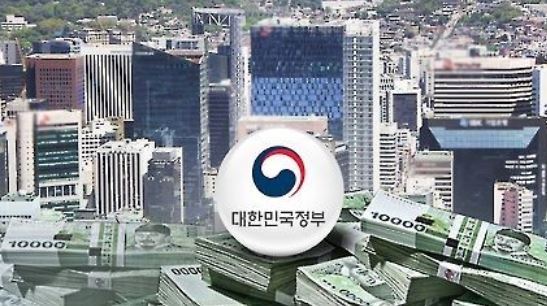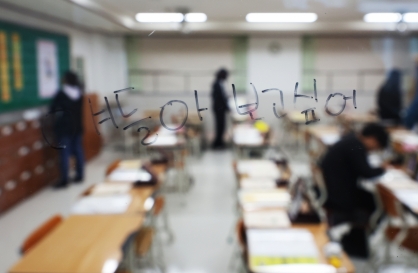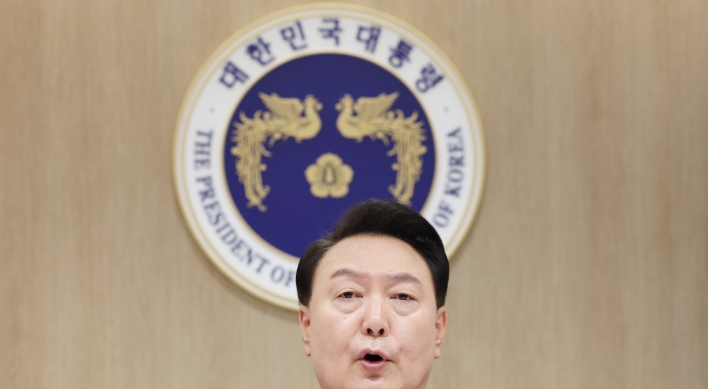Data show rising number of borrowers with excessive debt
By YonhapPublished : Dec. 17, 2017 - 10:15
A growing number of South Koreans were holding excessive amounts of loans compared with their income levels, raising concerns over their debt service capability, central bank data showed Sunday.
One out of 10 borrowers held loans of more than their five-year income at the end of September, which means their loan-to-income ratio exceeded 500 percent, according to the data compiled by the Bank of Korea.

The LTI ratio refers to the portion of outstanding loans to annual income. An increase in the ratio means that people take out more loans as they can't cover financial needs with income.
The ratio of over-indebted people among 1 million borrowers monitored by the central bank had stayed below 7 percent until 2014. But it rose to 8 percent in 2015 and 9.5 percent in 2016 as the government adopted eased mortgage rules in August 2014 to rev up the local economy.
The average ratio of LTI was 210.7 percent at end-September, rising from 166.2 percent in 2013 and 203.9 percent in 2016, the data noted.
The central bank said the private sector debt's faster growth than the household income could pose a greater risk to the nation's financial stability after future rate hikes.
South Korea's total household credit reached 1,419.1 trillion won (US$1.3 trillion) as of the end of September, more than doubling from 665 trillion won at the end of 2007.
At the same time, the household debt-to-disposable income ratio came to 155.5 percent, up 2.1 percentage points from the end of 2016.
Last month, the central bank raised the base interest rate by a quarter percentage point to 1.5 percent from a record low of 1.25 percent as part of its efforts to slow down fast-expanding family loans. (Yonhap)




















